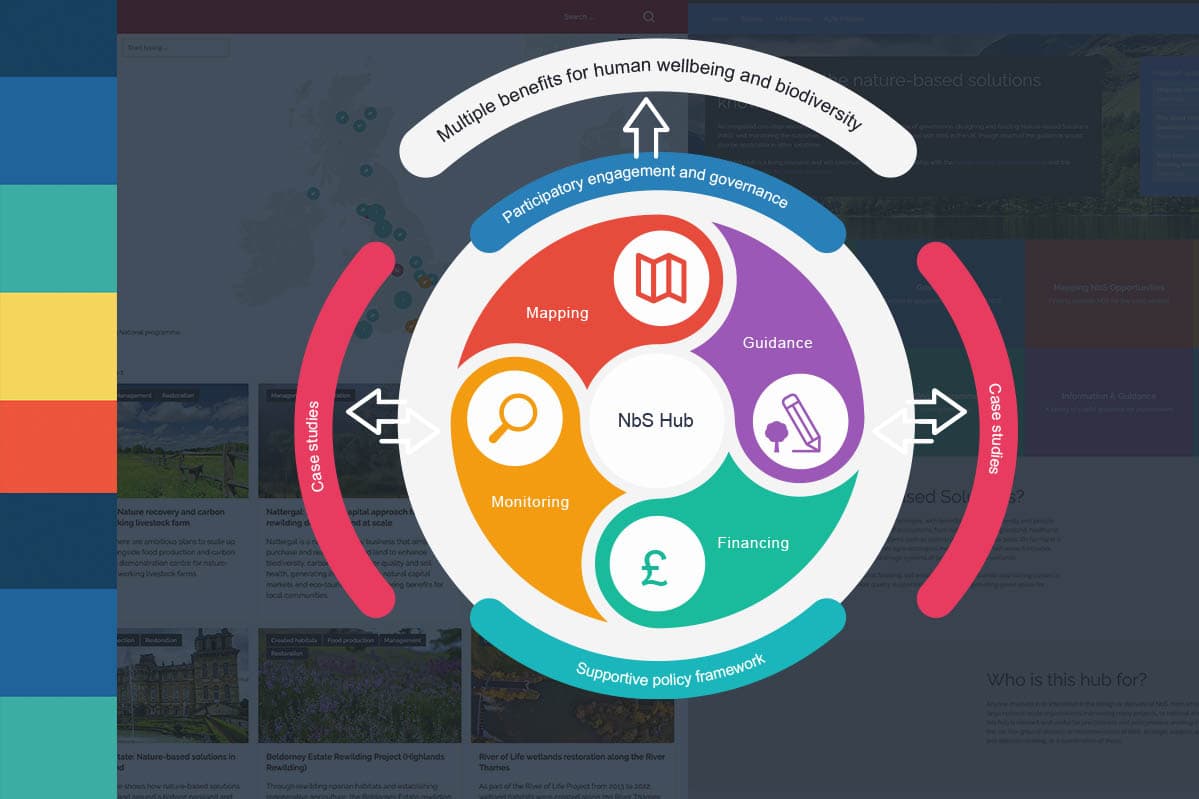Anthropogenic modification of forests means only 40% of remaining forests have high ecosystem integrity

Grantham et al. 2020
The effects of human activities on forests goes beyond deforestation – forests that are still standing are often disturbed by humans as well. This study generated a global map of forest condition, using an index of forest integrity on a continuous scale from 0 to 1. The forest integrity index acts as an indicator of the extent to which the ecosystem’s structure, composition and function has been modified by human activities, including industrial-scale logging, fragmentation by infrastructure such as roads, farming, urbanisation, over-hunting, fuel wood extraction and changes to fire or water regimes. The forest integrity scale was split into low, medium and high classes, with high being ≥9.6 intact (benchmarked against reference locations). The analysis revealed that only 40.5% of remaining forests globally have high integrity. Moreover, the authors’ models inferred that almost all forest areas (91.2%) are affected by some degree of human pressure. This is especially concerning when we remember that much of global forest cover has already been lost completely – about a third had already been cleared by 2000.
The integrity of forests (and indeed other ecosystems) is important because it affects the resilience of the ecosystem to pressures such as climate change and disease, and degrades many services that forests provide to people, including carbon sequestration, water provision, contribution to local and regional climate processes (e.g. rain production) and biodiversity. It is therefore of great importance that we protect forests that remain intact, and increase the integrity of degraded forests. Currently only 56% of forests within nationally designated protected areas are of high integrity, and only 26.1% of all high integrity forests fall within protected areas. Hence, much of the forest which is considered protected is actually already fairly modified, and we are failing to formally protect most of the high value, high integrity forest. However, it is important to remember that even modified forests are valuable – they may, for example, be home to endangered species, and regrowth of degraded forest can make large contributions to carbon sequestration; placing emphasis on protecting intact forests does not mean we can let partially degraded forest be lost.
The information that this study provides on forest integrity can be used to enhance forest protection globally, and to increase the benefits of such protection for biodiversity, carbon, and other benefits for people. The framework is now being tailored for use at smaller regional, national and sub-national scales. To locate areas to protect and restore, such information on forest integrity must be combined with other information, such as location of Key Biodiversity Areas, the interests of competing stakeholders (such as national needs for climate change mitigation vs. forestry sector needs for timber) and predictions of the effects of climate change on forest intactness. Moreover, such actions must put the rights and needs of local and Indigenous Peoples first and foremost. Policies for halting deforestation are now usually precise and ambitious, however, targets aimed at protecting and increasing forest intactness are generally far more vague. We therefore urgently need to implement SMART (specific, measurable, achievable, realistic, and time-bound) goals, targets, and indicators for protecting and restoring forest integrity. These should be consistent with and feed into high-level biodiversity, climate and land degradation targets, and support progress towards achieving the sustainable development goals.
Read the paper here.




